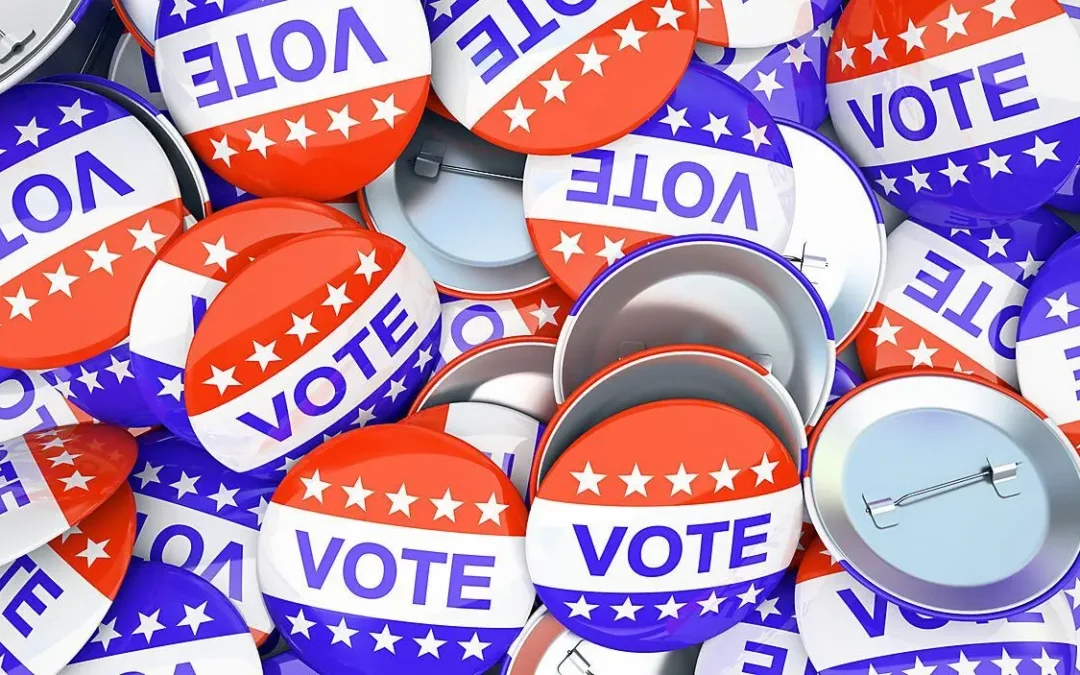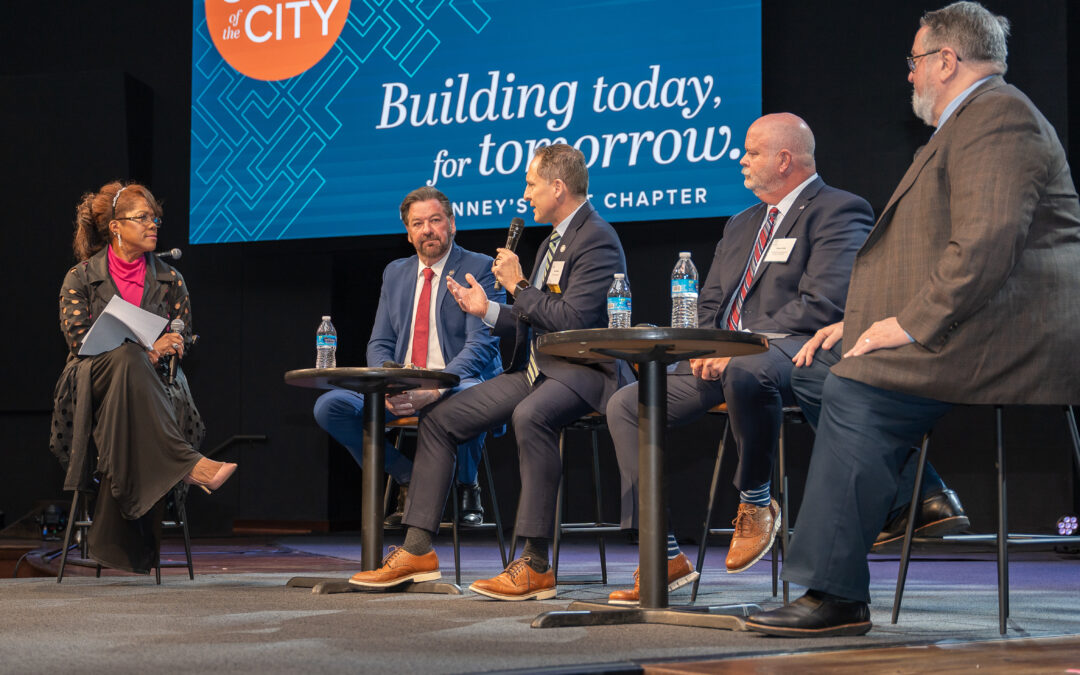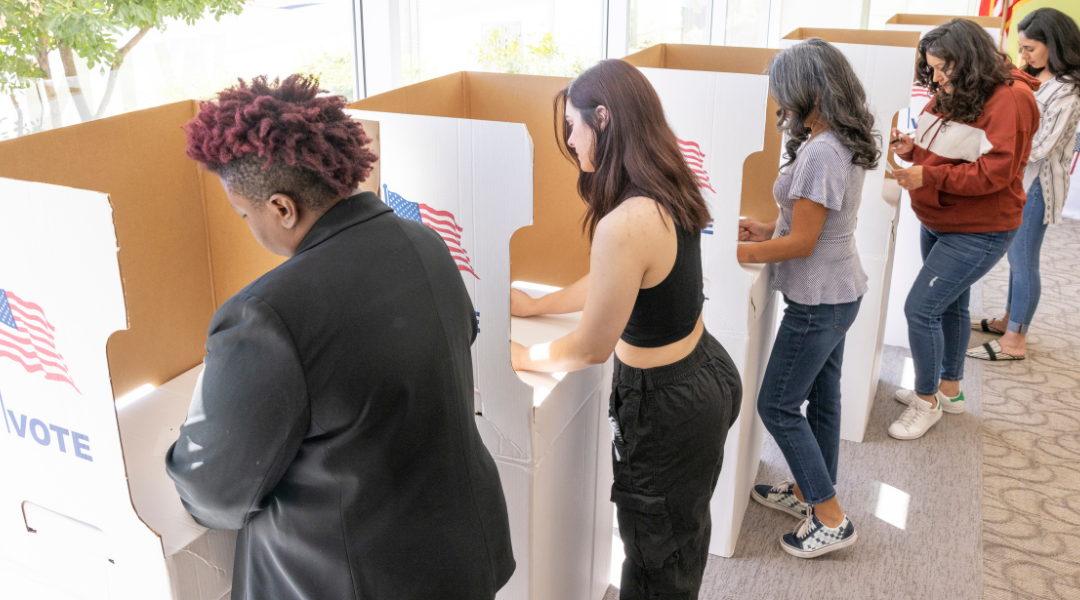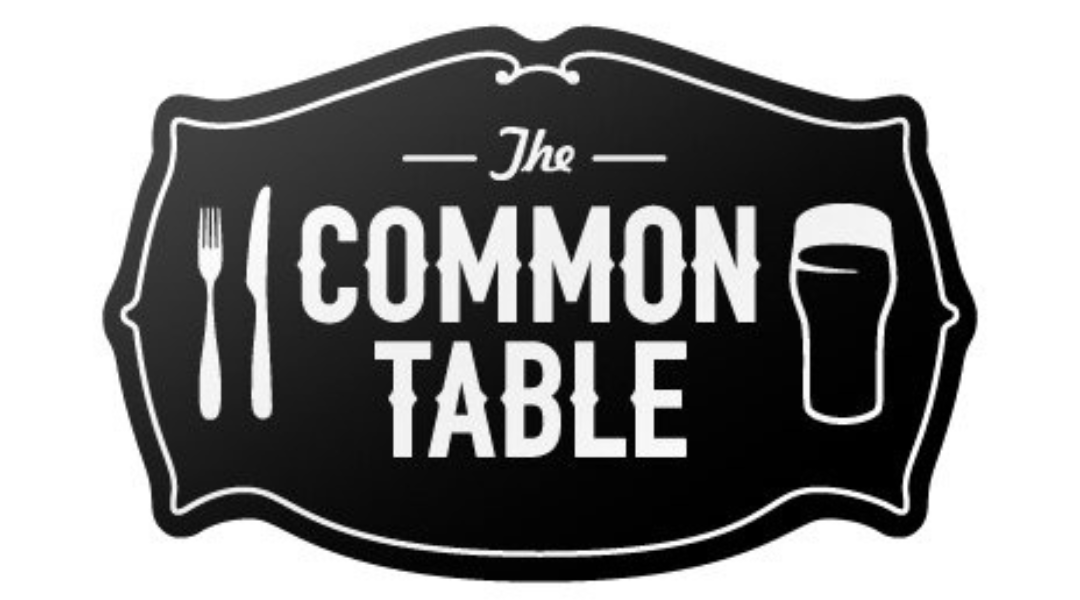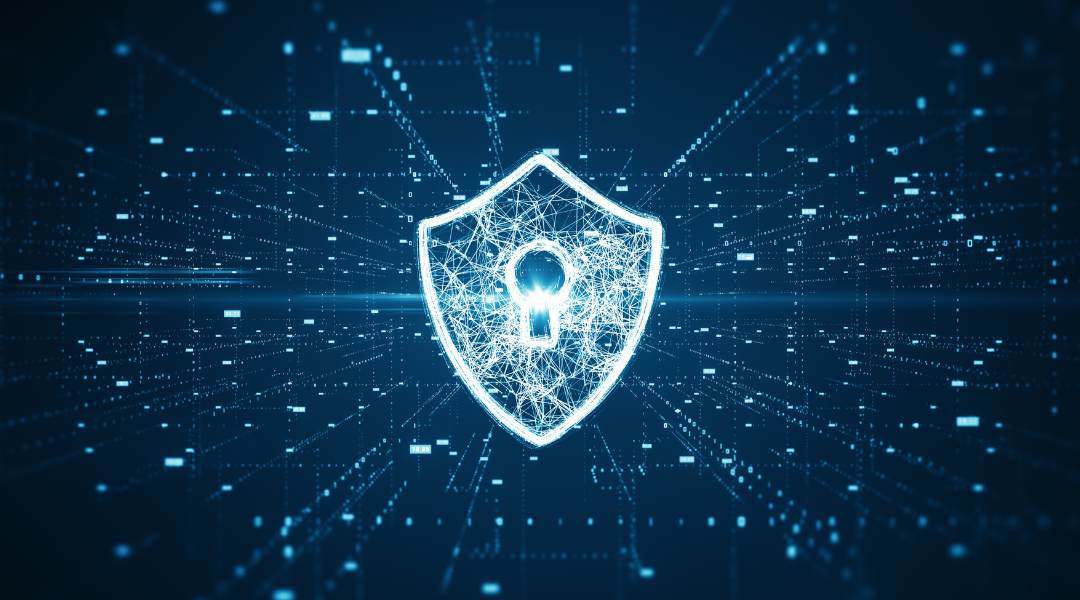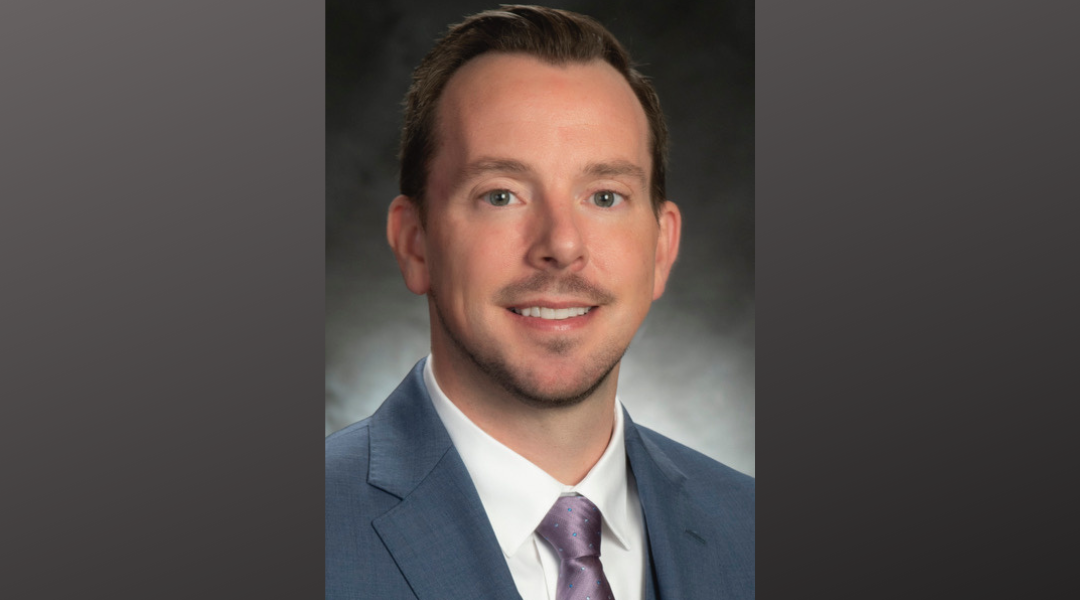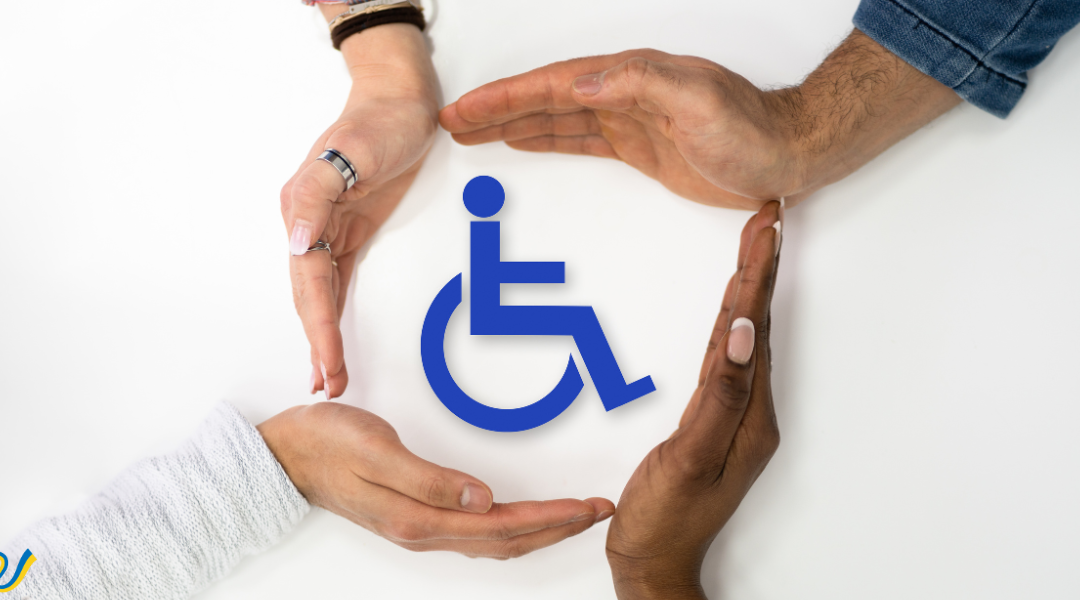Cook Children’s Medical Center has lowered the number of opioid pain medication prescriptions to its patients by more than half since its Safe and Sound stewardship program began three years ago. The program was put in place in response to a national epidemic of opioid-related overdoses and deaths.
“One thing to keep in mind is that while the stewardship focuses on our opioid utilization and prescribing habits and aiming to keep children safe, we can’t ignore the fact that kids will have pain—either acute or chronic. So, it has to be addressed,” says Artee Gandhi, M.D., medical director of Pain Management at Cook Children’s, who also oversees the stewardship program. “It’s not a matter of getting rid of one thing and not replacing it with anything else, or not using it sparingly in conjunction with other ways to treat pain. We recognize both sides of the coin.”
The goal of Safe and Sound is to use other methods of managing pain, she says. It aims “to improve patient safety, reduce the risk for potential child addiction, ingestion, misuse, overdose and death, while promoting best practices through the safe and sound management of pain,” according to its mission statement.
From 1999 to 2019, overdose deaths involving prescription opioids more than quadrupled in the United States—leaving about 247,000 dead, according to the Center for Disease Control and Prevention.
The trend has hit locally, as well. As of May, Cook Children’s admitted 17 patients for opioid-related overdoses, representing a significant jump from 2020 when 16 patients were admitted for the same condition for the entire year. In March, at least four area teens died from overdosing on fentanyl, a synthetic opioid that is 100 times stronger than morphine and 50 times stronger than heroin. The teens purchased the pills thinking they were Percocet, but they were laced with fentanyl, according to reports. Drug dealers often package and sell fentanyl on the streets disguised in forms of other popular medications, such as OxyContin, Percocet or Xanax.
Opioids, which “bind to or activate opioid receptors on cells located in the brain, spinal cord and other organs in the body,” block pain signals and release large amounts of dopamine throughout the body, according to the National Institute on Drug Abuse (NIDA), the leading federal agency supporting scientific research on drug use and its consequences. That flooding of dopamine can reinforce using the drug and make users want to repeat the experience, the agency reports. NIDA lists the most common drugs containing opioids as hydrocone (Vicodin), oxycodone (OxyContin, Percocet), oxymorphone (Opana), morphine (Kadian, Avinza), codeine and fentanyl.
In the late 1990s, the medical community was given the green light to prescribe opioid pain relievers after pharmaceutical companies assured them patients wouldn’t become addicted, according to the U.S. Department of Health and Human Services. Increased prescriptions of opioid meds led to widespread misuse of both prescription and nonprescription opioids before their highly addictive nature became clear. The department declared a public health emergency in 2017 and announced a 5-Point Strategy to Combat the Opioid Crisis.
Despite these efforts, 10.1 million Americans reportedly misused prescribed opioids last year, according to department data released in December.
At first, physicians and prescribers thought opioid medications were a safe, long-term way to manage acute pain and chronic pain—“not recognizing the effects opioids have on the pleasure-seeking parts of our brain,” Dr. Gandhi says. “Opioids not only helped control pain, but they also helped reduce anxiety and depression. By stimulating endorphins, one would feel more outgoing, confident and increase motivation. This property, along with the chemical changes in the brain, alters our biological or physiological set point. Now we need more to achieve the same effect. And if we don’t get the drug, we have withdrawal, which is a horrible feeling. So, now one becomes addicted and seeks ways to get the medication that may not be safe or legal.”
In the 2000s, opioid substance misuse, abuse and overdose deaths continue to climb, she says, adding, “Physician prescriptions have definitely decreased, but unfortunately substance abuse, opioid use and overdose has not. Those numbers are still increasing and are still in the hundreds of thousands of people who die each year from an overdose.”
The increase in opioid overdoses and deaths has trickled over into the younger population, bringing attention to what opioids can do to children and adolescents brains. Research studies show that the earlier children are exposed to opioid substances, the higher the risk of long-term addiction, Dr. Gandhi says.
“What we’re recognizing in the pediatric population is the adolescent brain is set up for risk-taking behaviors. The brain is changing in a way that the prefrontal cortex is the last to develop—it’s developing from the back to the front,” she says. “The front is the part that regulates. But the back is the part that’s about risk-taking, asking questions, wanting to rebel, wanting to find answers for themselves, not wanting to listen to what other people say.
“It’s kind of like they’re a high-speed car without any brakes,” Dr. Gandhi says. “We can prescribe opioids in a safe way to kids, but we really need to be conscientious of how many doses we’re giving them, whether there are other ways to control their pain, making sure parents are the ones giving them their medications and that the medication is locked and secured in a safe place.”
Educating physicians, parents and patients on alternative ways to manage pain is one of the most important goals of Safe and Sound. For instance, under the program, guidelines to manage acute pain have been created, using a multimodal analgesia regimen of acetaminophen and ibuprofen as the primary medications for post-surgical pain management.
“There are studies that show when those medications are used together and scheduled for the first 72 hours after surgery, you need less narcotics, if any at all,” she says. “And that they’re more effective than even an oxycodone.”
During surgeries, physicians may use local anesthetics or nerve blocks as a proactive way to minimize postoperative pain. Families also are educated ahead of time on what to expect during post-op and what the plan will be for medications.
“Every patient goes home with a handout and discharge instructions on how to manage pain, including things like ice and heat, rest, utilizing relaxation and breathing apps, ways to help cope with distraction,” she says. “We tell parents that it’s OK for them to have a little bit of pain after surgery. As long as they can function, they can eat, do the things they need to do to recover, that’s the focus, as opposed to saying, we’re just going to give you these pills and this will be it.”
There’s a natural course for acute pain, Dr. Gandhi says, and if a patient is not healing accordingly, the individual needs to be reevaluated. “If someone’s not following that natural course, we want to assess why that is the case. It’s important because pain can always be a sign of something else. We want to be able to address it before blankly prescribing a pill,” she says.
The Safe and Sound approach appears to be working, says Lorrainea Williams, Cook Children’s Patient/Medication Safety Officer. In the past, surgical patients were usually sent home with a medication that contained both an opioid and acetaminophen. Now, they’re sent home with a medication plan that uses alternating acetaminophen and ibuprofen doses as the primary method to control pain. Patients also may receive a small amount of low-dosage medication that contains only an opioid to be used as a “rescue” in case their pain intensifies, she says.
In 2018, patients who needed pain relief were sent home with an average of 25 doses of medication that contained an opioid. That number has steadily decreased since the program began, and now the average is 12 doses for patients who need additional pain relief, she says.
The number of post-surgical patients who returned to the emergency room or had to be readmitted because of severe pain also has lowered since the hospital decreased the amount of opioids prescribed, Williams says, adding the number of return patients from 2018 to present dropped by 34 percent.
“Based on the numbers, we can determine that we are effectively managing our patients’ pain with less opioids,” Williams says.
The Safe and Sound program also established guidelines on prescribing opioids, and all opioids are prescribed electronically through our system, which tracks them, Williams says. Under the law, physicians can still write paper prescriptions for opioids if special circumstances exist.
But there are exceptions for prescribing opioids under the guidelines developed for Safe and Sound. Opioid therapy is to be considered only if the physician expects the benefit for pain and function to outweigh the risks and is reserved for moderate to severe pain in patients with conditions such as post-operative pain, trauma, sickle cell disease, palliative or end-of-life care.
As for patients dealing with chronic pain, the preferred first-line treatments under the Safe and Sound program include using more beneficial non-opioid medications, making positive lifestyle changes (such as getting enough sleep) and trying complementary therapies, depending on each individual’s condition. The non-pharmacological therapies include acupuncture, aromatherapy, biofeedback, cognitive behavioral therapy, massage, positioning, and Transcutaneous Electrical Nerve Stimulation (TENS).
It all comes back to an evidence-based approach.
“For example, there are some wonderful studies that show the benefits of acupuncture for chronic headaches and the benefits of massage for chronic back pain,” Dr. Gandhi says. “There also are studies that show the benefits of Tai-Chi for insomnia, fatigue and other chronic conditions.”
When it comes to treating chronic pain conditions, physicians must rely heavily on functional ability, such as how difficult is it for patients to walk to the bathroom, meet with friends, sit in a car or go to school, she says. The goal is to improve functional ability because that improves patients’ lifestyles, relationships and healthy routines.
“Trying to keep that routine is what we talk about when it comes to chronic pain, and then maximizing the appropriate types of medications,” Dr. Gandhi says. “All pain medicines are not the same. I would not throw opioids on top of opioids for chronic pain because that would be like trying to treat an ear infection with an antibiotic that treats urinary tract infections. Opioids have a limited role in chronic pain. They can actually induce a hyperalgesia response, where the sensitivity of those pain receptors increases. So, you actually could experience more pain with longer exposure to those opiates.”
For patients who are prescribed opioid medications for acute pain, it’s important to return unused pills once the pain has been managed, she says. The pharmacy at Cook Children’s has become a take-back location, where families can drop off unused meds. Other area pharmacies also have been designated as take-back locations.
“They don’t have to talk to anyone. There’s a little slot, you put your bag in there and walk away,” Dr. Gandhi says. Patients sent home with opioid prescriptions get a text message within a week reminding them to dispose of their unused medications and providing a website link that shows them the nearest take-back pharmacy location.
The program’s success hinges on physicians and parents working together and, so far, they have responded favorably, Dr. Gandhi says, adding the evidence-based approach is much more proactive than in the past. It focuses on pain management for each individual rather than a generalized approach, she says.
“Where it comes back to is all of us working together and being really consistent in our messaging,” she says. “We’ve done a lot of education for our staff as well, learning modules, training modules, continuing education opportunities. Parents are hearing the same message from the beginning, and not just when their children are in the throes of a situation.”
Dr. Kirk Pinto, M.D., a Cook Children’s urologist, says he has found the stewardship program to be helpful for his patients.
“I was skeptical at first, but I learned from my colleagues, who do essentially the same things I do, that these patients could be adequately managed with fewer or less opioids,” Dr. Pinto says. “I have always promoted the use of Motrin and Tylenol as first-line therapies. With all the bad publicity that opioids have gotten lately, parents are much more receptive to nonnarcotic pain management after surgery.”
Dr. Gandhi says she has been pleased by the overall response to the stewardship program.
“I have to say our surgeons and providers have been very open and receptive to this information because everything that we’ve brought forward has been evidenced-based,” she says. “Once we’re able to give them factual information, they’re very willing to change their culture or their prescribing habits, knowing that there’s literature that supports this change.
“We also monitor readmissions for pain or emergency room visits for pain. So we’re able to give them the data that shows kids are not coming back in with more pain, even though we’re prescribing less opioids,” Dr. Gandhi says.
Overall, families also have been on board with the Safe and Sound approach. They get a lot of education through media and commercials, she says, so they’re more aware of concerns surrounding opioid medications.
“They don’t necessarily want their kids to be on them long-term or to get high doses or go home with a lot of medications,” Dr. Gandhi says. “Obviously, you still get into situations where maybe there’s a little bit more stress around it, but I think everyone’s done a great job rallying around parents and supporting them. We’re not letting their kids suffer—they’re still getting the relief they need, just in different ways.”



